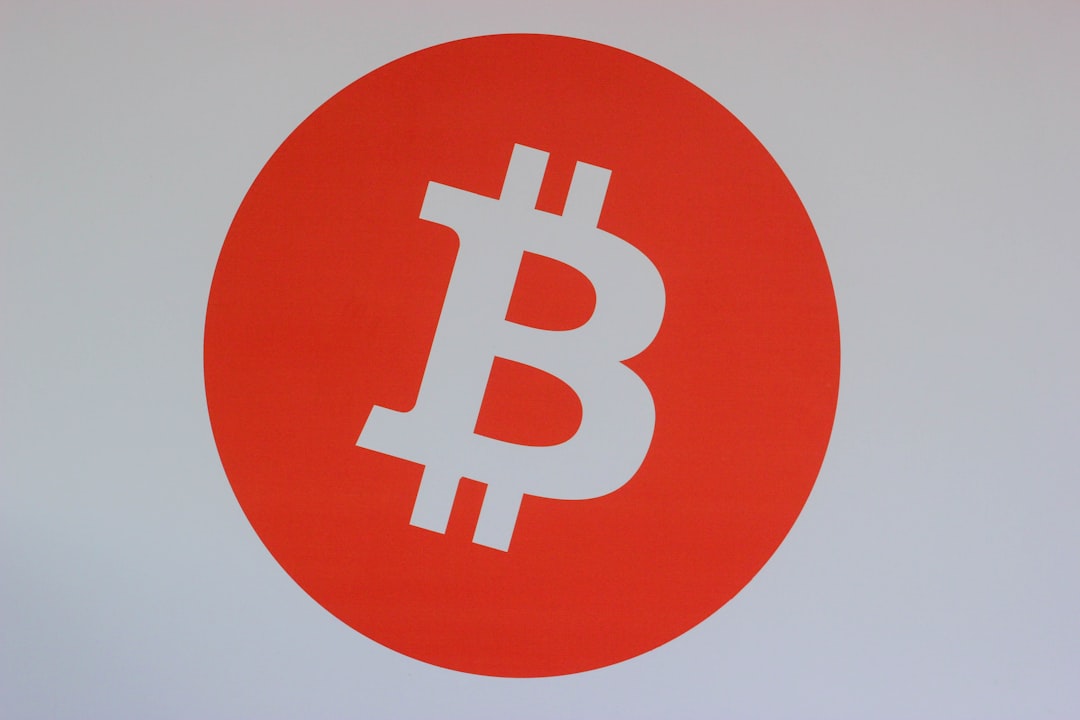
Big Changes in Hong Kong's Virtual Asset Regulation! How the five pillars are reshaping the global financial landscape?
The total value of the global virtual asset market has exceeded US$3 trillion, and the transaction scale has surged to US$70 trillion - this financial revolution started by blockchain is rewriting the traditional financial rules at an astonishing speed. While regulators around the world are still trying to figure out how to deal with this, the Hong Kong Securities and Futures Commission (SFC) has already been planning for six years. From the first licensing regime for virtual asset trading platforms in 2018 to the launch of Asia's first virtual asset spot ETFs in 2024, the SFC has stepped on the tip of the wave of the times at every step of the way. The newly released "A-S-P-I-Re" regulatory roadmap also signals that Hong Kong is about to embark on the era of Virtual Asset Regulation 2.0.
Regulatory Dilemma in a Two-Faced Market: The Dangerous Dance of Whales and Retail Investors
The virtual asset market is playing host to a dichotomy of "institutional giants" and "retail speculation": the top 2% of Bitcoin wallets control 95% of supply, and institutional investors such as hedge funds hold over 8% of Bitcoin, while at the same time there is a grassroots frenzy of cryptocurrency speculation and the rise of distributed platforms. This structural contradiction is increasingly evident in the fragmentation of liquidity - centralized exchanges account for 50% of trading volume, but distributed exchanges and over-the-counter markets harbor smart-contract loopholes and the risk of fraud.
More problematic is the chaos of the global regulatory jigsaw: the European Union pursues a MiCA framework in pursuit of uniform standards, the US swings between leadership and regulatory fragmentation, and the emerging markets of the Middle East attract companies with flexible policies. Hong Kong has chosen a unique path: unlike the Mainland, which has imposed a total ban, or Singapore, which emphasizes payment functions, Hong Kong has built an ecosystem of institutional-level custody and anti-money laundering rules, with investor protection at its core.
"A-S-S-S-P-I-Re" Five Strategies: From Compliance Shackle to Innovation Engine
Pillar A (Access): Breaking Down Mobility Silos
- The first over-the-counter (OTC) licensing system to allow block trades without affecting market price
- Introduced the order book of the world's top trading platform and expects to complete the custodian separation structure by 2025.
- Liquidity Provider Account Opening Process Simplified, Bid/Ask Spreads Expected to Compress 30%
Pillar S (Safeguards): An Evolutionary Theory of the Dynamic Safety Net
- Repealing the mandatory rate for cold storage and switching to a new model of real-time monitoring + third-party auditing
- The insurance framework is globally aligned and the compensation package can be customized.
- Establishment of "penetrating" product categorization to eliminate regulatory vacuums
Pillar P (Products): A New Arsenal for Professional Players
- Open up professional investors to participate in new token shelf and derivatives trading
- Comprehensive benchmarking of margin financing rules with the securities market
- Compliance pledge service will be launched soon, and the annualized return may exceed that of traditional financial products.
Pillar I (Infrastructure): A Regulatory Hub for the Blockchain Era
- Citywide transaction monitoring system upgraded to increase the efficiency of illegal activity detection by 5 times
- Establishment of cross-agency intelligence sharing mechanism and asset tracking to achieve minute-level response
- Smart Contract Audit becomes mandatory with a target vulnerability detection rate of 99.9%
Relationships: Reinventing the Market Trust Equation
- The regulatory framework for "Financial Netflix" will soon be introduced, with a maximum fine of 5 million dollars for non-compliance with stock recommendations.
- Virtual Asset Talent Certification System Launched, First Batch of Professional Qualification Exams to be Implemented in 2025
- Licensed Platforms' Mandatory Disclosure Provisions Upgraded, White Paper Compliance Review Cycle Shortened 40%
The Ultimate Balance in the Art of Regulation: The Hong Kong Experience of Dancing on the Wire
When the custodial rules of traditional finance meet the real-time settlement of blockchain, and when the demand for institutional-grade products for hedging collides with the speculative frenzy of retail investors, Hong Kong has chosen the path of "dynamic balance": retaining the core principle of "same business, same risk, same rules", while leaving room for experimentation of innovations such as the tokenization of RWAs.
This wisdom of "seeking change in the midst of stability" is evident in projects such as the Tokenized Green Bond - following traditional financial disclosure standards while fully unlocking the liquidity potential of the blockchain. The SFC and HKMA's Ensemble project is further proof that when regulators become infrastructure builders, they can find the golden balance between compliance and efficiency.
Standing at a critical turning point in the US$3 trillion market, Hong Kong is redefining regulation with "A-S-P-I-Re": not as a chain that binds innovation, but as a scaffold that nurtures the ecosystem. While other jurisdictions are still grappling with the dichotomy of banning and indulgence, Hong Kong has already paved the third way - injecting institutional-grade credit into virtual assets with precise regulation, so that the blockchain revolution can truly move from the periphery to the mainstream. This regulatory experiment, which began in 2018, may be rewriting the history of financial civilization in the 21st century.
Disclaimer: The contents of this article are for informational purposes only and should not be construed as any form of promotion, investment advice, or invitation, solicitation or recommendation of any investment product.
The contents of this article have been reprinted.offensiveIf there is anything wrong, please contact us and we will remove it immediately, thank you.
Readers should make their own assessment and seek professional advice.





